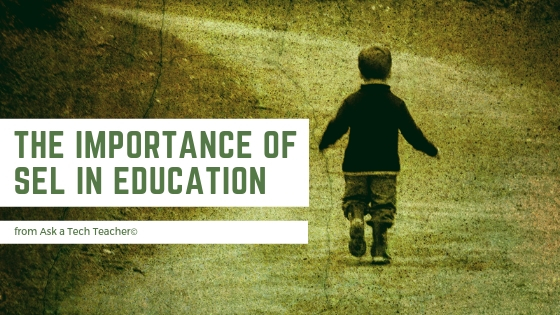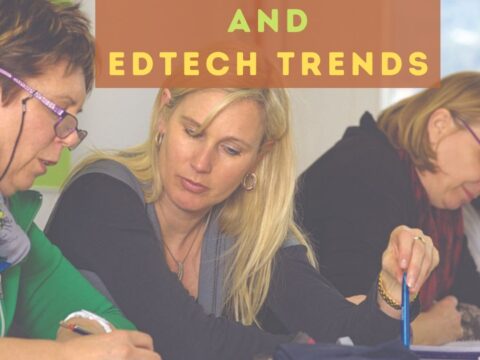When I first wrote this article seven years ago, remote teaching was something done on snow days, teaching from home short-changed student learning, and parents were too busy to get involved in their child’s education. So much has changed. Here’s an update on this popular post to reflect what my grad students tell me they now face.
Education today is characterized by rapid technological advancements, globalization, and changing workforce demands. As a result, traditional teaching methods may not prepare students for the challenges and opportunities of the post-High School world.
Key characteristics of teaching today include:
- Technology integration: Utilizing technology in the classroom to enhance learning experiences, such as interactive multimedia, online resources, educational apps, and digital tools.
- Student-centered approach: Shifting the focus from the teacher as the primary source of knowledge to fostering critical thinking, problem-solving, and collaboration in students.
- Project-based learning: Engaging students in real-world projects and activities that encourage them to apply their knowledge to authentic problems.
- Personalized learning: Tailoring instruction to a students’ individual needs,
- Global and cultural awareness: Integrating global perspectives and diverse cultures, preparing students to be responsible and empathetic global citizens.
- Critical thinking and creativity: Emphasizing analytical thinking, creativity, and innovation to tackle complex issues and develop new solutions.
- Collaboration and communication: Encouraging students to work together, communicate effectively, and collaborate in physical and virtual environments.
- Lifelong learning: Instilling a passion for continuous learning and equipping students with the skills to adapt to future challenges and opportunities.
- Digital and media literacy: Teaching how to evaluate information and navigate the digital landscape responsibly.
- Problem-solving and adaptability: Helping students identify and analyze problems and adapt their approaches as situations change.
Where am I wrong? I’d love to hear your thoughts.
–image credit: Deposit Photos
Jacqui Murray has been teaching K-18 technology for 30 years. She is the editor/author of over a hundred tech ed resources including a K-12 technology curriculum, K-8 keyboard curriculum, K-8 Digital Citizenship curriculum. She is an adjunct professor in tech ed, Master Teacher, webmaster for four blogs, an Amazon Vine Voice, CSTA presentation reviewer, freelance journalist on tech ed topics, and author of the tech thrillers, To Hunt a Sub and Twenty-four Days. You can find her resources at Structured Learning.






































